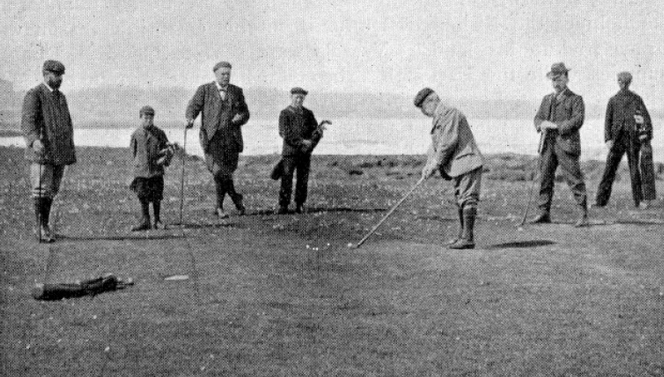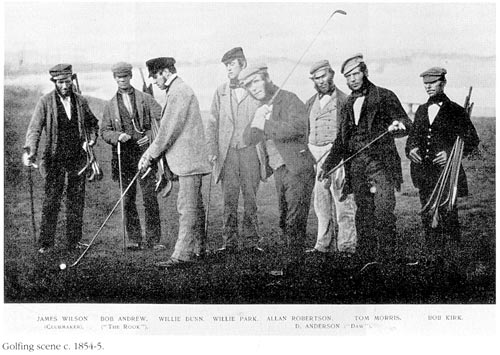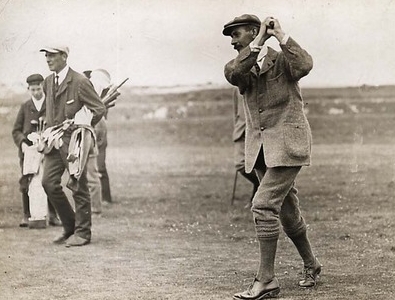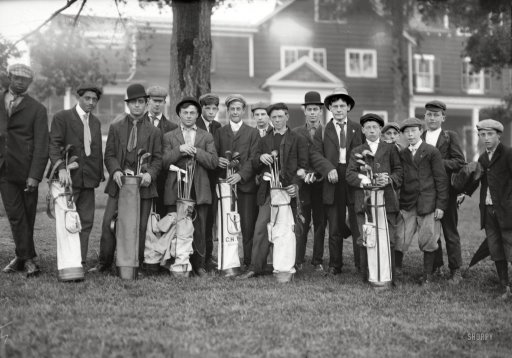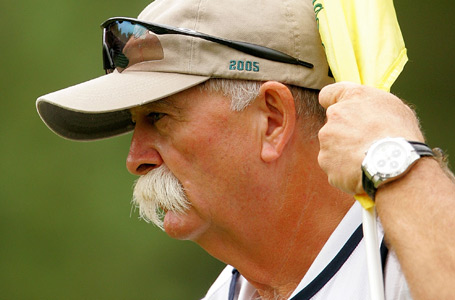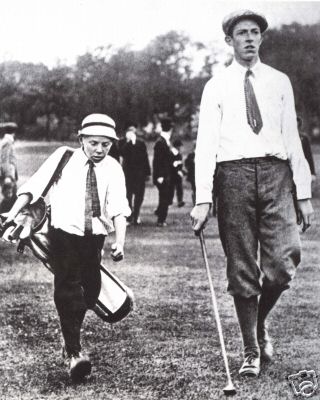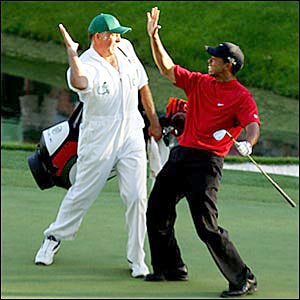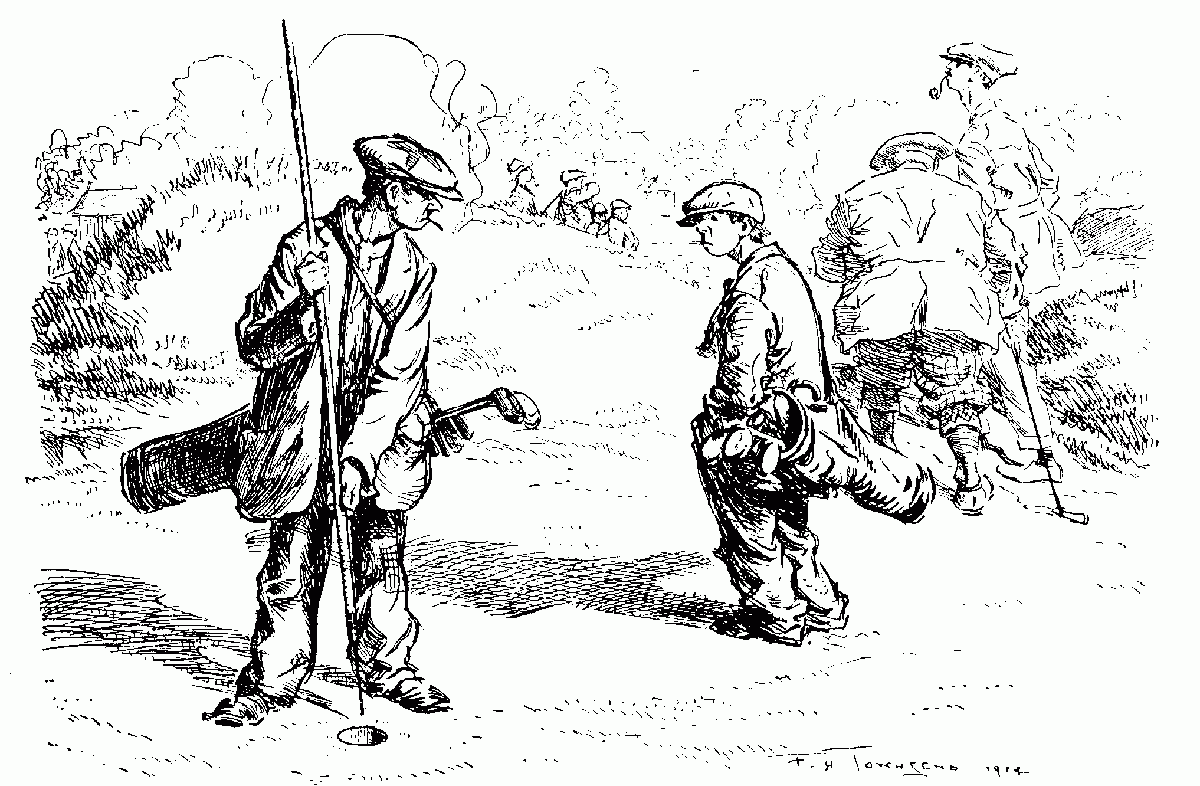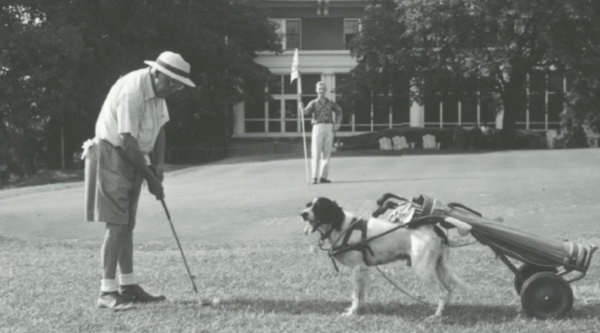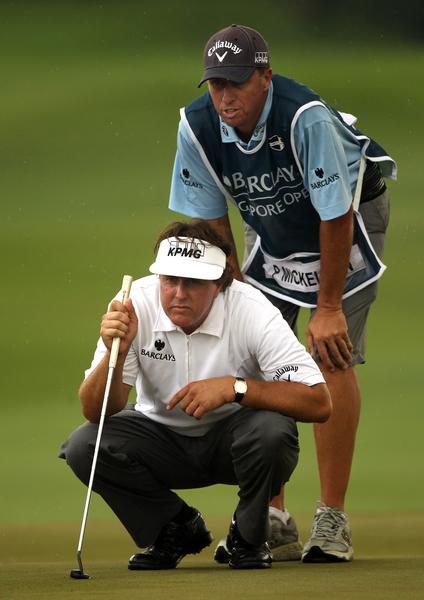The Caddie
What is the percentage of winnings for caddies in golf?

By: Dan Kilbridge | December 27, 2018 1:58 pm
Kenny Harms has been a professional caddie for more than 25 years. He’s looped for more than 10 players on the PGA Tour, LPGA and PGA Tour Champions and was on the bag for Kevin Na at the 2018 British Open at Carnoustie.
It’s a full-time gig with travel requirements and few off days throughout the season. His salary when he started in 1991?
$350 per week.
Things have changed a bit since then.
“Lot of money to be made,” Harms said.
Nowadays, a select few caddies can make seven figures in a single season on the PGA Tour thanks to bonuses and a cut of the massive prize purses. They also can go weeks on end struggling to break even after expenses.
The amount and manner in which caddies are compensated is one of the most frequently asked questions in golf. The answer is complicated, but there are some general guidelines most player-caddie relationships follow in some form.
By most accounts, the average weekly base pay for caddies on the PGA Tour runs in the neighborhood of $1,800-$2,000 per week. On the LPGA, it’s closer to $1,200. The majority of those funds go toward travel expenses, which are almost never covered outside of the weekly wage. Some of the top players will foot the bill for costly trips outside the United States, say for the WGC-HSBC Champions in Shanghai, but that’s not always the case. If a particularly stingy player misses the cut overseas, chances are his caddie is losing money.
“Going to China or Japan, or even Europe, it’s a big, expensive trip,” said Matt Kuchar’s caddie, John Wood. “Our salary is meant to take care of expenses, and if you’re going somewhere where expenses are going to be double or triple what they normally are, I think a player should step up and help him out. I’m sure it’s not like that for everyone, and it would be tough to travel like that.”
At stateside Tour stops, most caddies are largely dependent on their player’s performance.
The average base percentage for post-tournament payouts is about the same on the LPGA and PGA Tour and has remained steady in recent decades, according to most. It goes like this:
Ten percent of the earnings for a win. Seven percent for a top-10 finish. Five percent for anything else inside the cut line. If a player misses the cut, his caddie might hang on to a few bucks from the initial weekly payment. And they never know when or if the next significant payday is coming.
“That’s the risk we take with this job,” said Andy Sanders, Jimmy Walker’s long-time caddie. “If you work for a guy who’s not making any cuts and not making any money, you kind of drown yourself. … That caddie’s not making any money. He’s struggling. It happens. There’s tons of guys out here that are grinding that way.”
Caddies are also self-employed and pay for their own insurance out of pocket. Then there’s retirement funds, which are considered a luxury especially on the LPGA with prize purses a fraction of that on the men’s side.
Michelle Simpson retired from professional golf in 2006 and has since caddied for the likes of Meredith Duncan and Brittany Lincicome. For her most recent win, at the Pure Silk Bahamas in January, Lincicome took home $210,000.
That’s a tough pill to swallow for some when they see the Players Championship winner haul in nearly $2 million.
“That (PGA Tour) caddie just won what our winner is going to get,” Simpson said. “That is mind-boggling.”
Some LPGA caddies negotiate extra bonus incentives based on player performance. According to veteran LPGA looper David Brooker, some have worked to increase payouts to 8 percent for a top-10 finish rather than 7 percent. Consider it a bit of an inflation adjustment.
“Across the board in the women’s game, the depth of the level of golf has gotten way better,” Brooker said. “You’re going to have a lot more finishes outside the top 10, so caddies are negotiating higher percentages because of the parity at the top of the game.”
Even on the PGA Tour, one has to keep in mind that caddies aren’t paid an annual salary. An average pro might play 28-30 tournaments each year, and very few give their caddies any sort of retainer on off weeks.
The caddie wage discrepancy is as wide as the gap amongst players. Justin Thomas played 25 events in 2017 and made $9.9 million, not including his $10 million FedEx Cup bonus. Steven Bowditch played 27 events and earned $24,650.
Jimmy Walker earned $4.1 million in 2016, including $1.8 million for his PGA Championship win, so Sanders is presumably able to live comfortably. But for every Sanders there’s an anonymous looper, paying their own way week to week and hoping to find the right bag at the right time.
“Obviously I caddie for a really good player,” Sanders said. “At the end of the day, that’s the most important thing.”
The caddie has always been a big part of the game…from royalty to professionals to the amateur.

